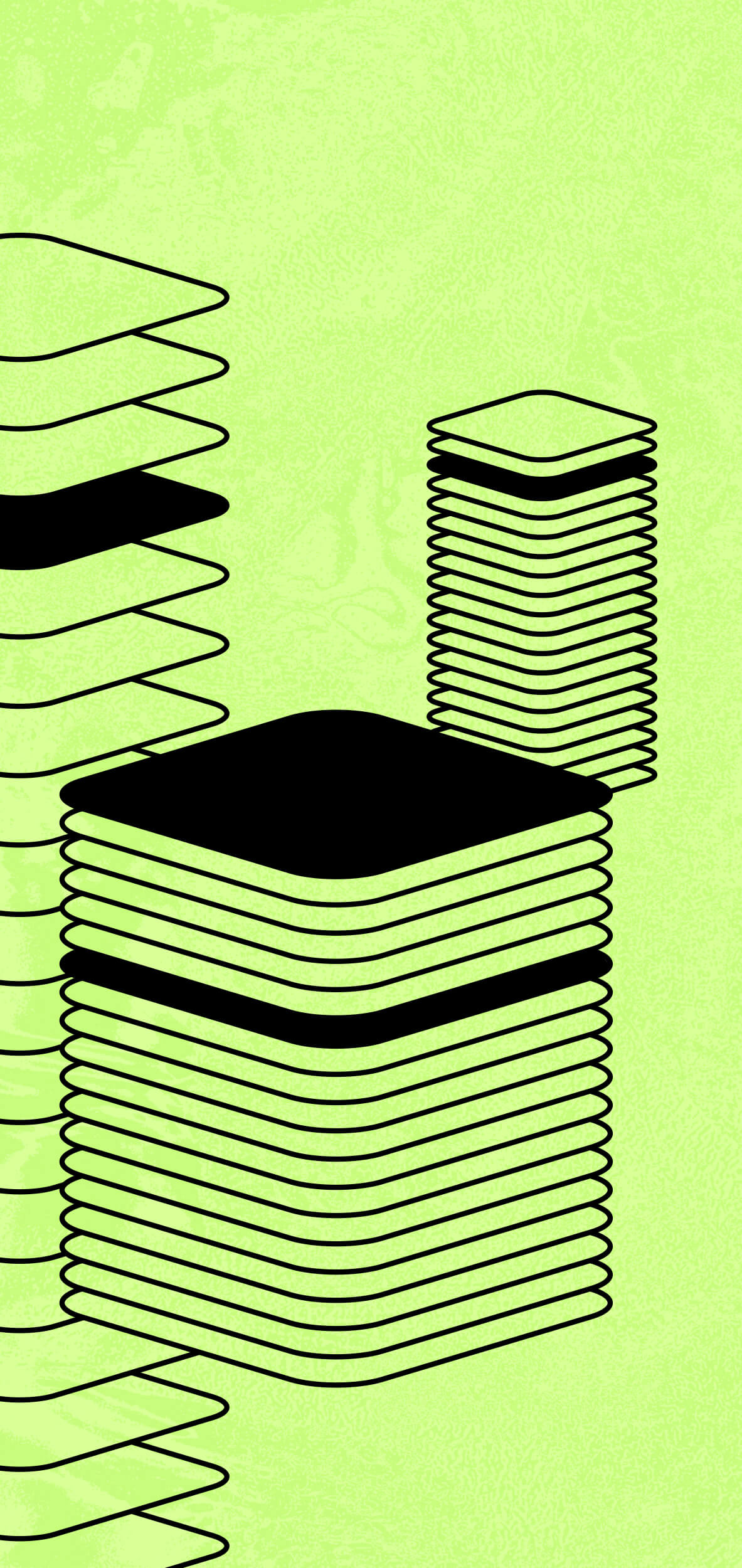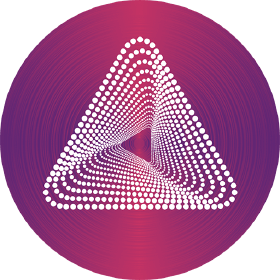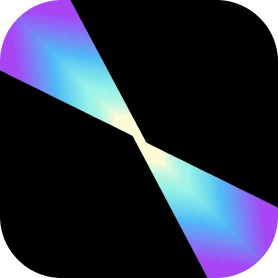What is Saga
Saga is a Layer 1 protocol that allows developers to automatically spin up VM-agnostic, parallelized and interoperable dedicated chains, or “Chainlets,” that provide applications with infinite horizontal scalability. Each Chainlet is a replica of the Saga Mainnet, with the same validator set and security model.
Saga’s mission is to enable the next 1000 chains in gaming and entertainment as part of the growing Saga Multiverse.
Saga Ecosystem
In a little under 2 years, Saga grew from 0 to 350 projects building on its protocol, 80% of which are gaming. About 10% of projects are NFTs and entertainment, and 10% are DeFi. .
Saga has also inked partnerships with Polygon, Avalanche, MarbleX, Com2uS, and Celestia to automatically scale their infrastructure using Chainlets.
In March 2024, Saga unveiled Saga Origins, a new game publishing division devoted to bringing provocative, expansive and uncompromising games to market. Saga is the first and only web3 chain to establish a dedicated game publishing arm for developers to partner with to release their projects.
Saga Origins is committed to offering a full service and collaborative approach to bring games to a global mass market. Whereas developers would traditionally secure grants only to build and launch their games, Saga Origins offers added beneficial support, including partnerships with influencers to generate awareness, sponsored user acquisition campaigns, community building, and promotional support.
By introducing Play-to-Airdrop as an incredibly powerful web3-native user acquisition engine, Saga has created a distribution channel for web3 applications that has since been widely adopted by many protocols in this space.
How Many SAGA Coins Are There in Circulation?
SAGA Protocol launched its mainnet on April 9, 2024 with 1 billion SAGA tokens created at genesis. Inflation on the token supply is driven by SAGA’s tokenomics and targets an annual rate of roughly 7%.
Who Are the Founders of SAGA Protocol?
Saga has four co-founders: Rebecca Liao (CEO), Jin Kwon (CSO), Jacob Mcdorman (CTO) and Bogdan Alexandrescu (VP of Engineering).
Rebecca Liao has had a track record of founding successful startups in crypto and AI (Skuchain & Globality) while serving as a high-ranking policy advisor in presidential campaigns (Biden, Clinton). She is known as an architect of cross-industry bridges to build pathbreaking organizations.
Jin Kwon has contributed to the Cosmos ecosystem since 2018, when he joined Tendermint as Chief of Staff to the CEO. More recently, Jin served as VP of Corporate Development as well as managing director of Tendermint Ventures. Jin has a multidisciplinary background in engineering, sales, marketing and finance and wants web3 proliferated in everyday use cases.
Jacob Mcdorman is an entrepreneur, product builder, and researcher. He has endeavored in growing product ventures of both his own and others for over a decade, as a startup founder, development studio owner, and advisor. He is vision oriented with a healthy portion of practical approach.
Bogdan Alexandrescu was an Engineering Leader at Apple Inc, focusing on large scale Distributed Computing, Machine Learning, AI & infrastructure projects. He was also previously Tech Lead for Twitter Ads. He’s a founding partner at Blocktech Ventures, a venture capital firm with a focus on frontier technology and blockchain, and a member of the Bitcoin Foundation.
What Makes the SAGA Protocol Unique?
Saga is the only L1 to launch L1s, with the aim to bring infinite horizontal scalability to developers. Each Saga Chainlet has the following features:
- Infinite horizontal scalability: All Chainlets are parallelized appchain instances, allowing applications to elastically scale to their peak performance and speed.
- Costless transactions and low and predictable chain fees: Developers can choose whatever monetization model they like, including a token of their own (or no token at all), fiat, stablecoin or even the token of another ecosystem. All Chainlet fees are set by a daily reverse auction among the validators, encouraging commodity pricing for blockspace.
- Automation: Developers can stand up a Chainlet with a click of a button in the Saga WebApp.
- Interoperability and fast bridging: Users can freely and quickly transfer assets between Chainlets – and Saga and other ecosystems – using automatic interoperability and async composability. Because each Chainlet offers fast finality of transactions, users can also take advantage of fast bridging out to other chains.
- Fully flexible stack: Developers enjoy their own dedicated chains, allowing for optimal flexibility and customizability of the environment.
The Saga Chainlet Realm is the way by which blockspace other than the Chainlet stack will be automated via the Saga Protocol. Saga Realms enables developers to launch customizable chains on Saga with different features and services such as technology stack, security source and various obligations for those sources. Under the framework of Realms, the standard Saga Chainlet became one Realm of many that will be supported in the near future, including those for Saga’s partners at Ethereum (Ethlets), Polygon, Avalanche, Celestia, XPLA and many others.


